“Can we stand on a united front… and dismantle those barriers together?”: Joyce Lee on Leave the Light on for Me at Unlimited Festival
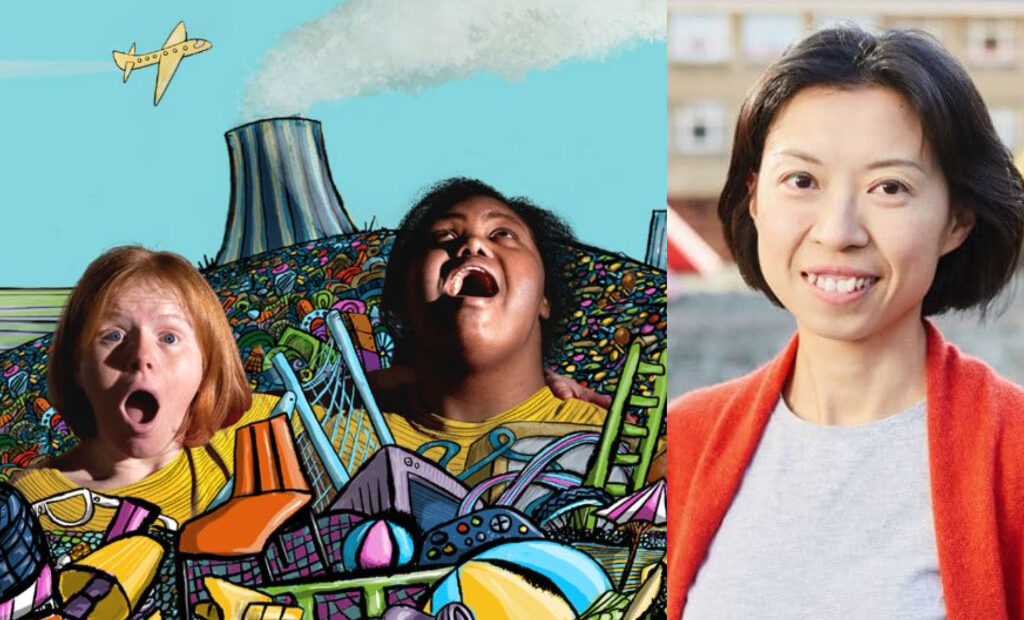
The Unlimited Festival at Southbank Centre is a collection of performances that really express what the word “unlimited” is all about. With a heavy focus on climate change, representing stories by disabled artists and discussing the experiences of marginalised communities, the festival is a five-day event with varying journeys and stories to tell. One of the performances is Leave the Light on for Me, an exploration of the climate crisis and the inaccessibility of certain solutions, performed by artists from Mind the Gap – a non-profit organisation that works with autistic actors and those with learning disabilities.
Leave the Light on for Me is a collaborative directorial effort by Joyce Lee (creative director of Mind the Gap, England’s leading learning disability performance and live arts company) and Nickie Miles-Wildin. Together, the two incorporate creative accessibility throughout the entire outdoor performance. Based on a future of eco-enforced rules, the show follows two sisters as they strive to lower their carbon footprint. But with a system that has no consideration for accessibility, they must find a way to fight off the injustice hidden beneath the mask of a greener planet. The Upcoming caught up with Lee to discuss Mind the Gap, the research and process behind Leave the Light on for Me and making eco-changes more accessible for everyone.
Could you tell us a little bit about Mind the Gap and the work that you do, and introduce us to Leave the Light on For Me?
Mind the Gap is a theatre company based in Bradford, set up in 1989 – so it’s over 30 years now. We work in partnership with actors with learning disabilities and autism. Mind the Gap also runs an academy that trains younger people who aspire to work in the industry and in the arts. We make performances that tour around the UK; we are currently an NPO and we also sometimes work internationally and have partnerships with other companies that are similar to us – i.e. companies that want to increase the representation of artists with learning disabilities. We learn from each other to endeavour for quality work. That’s Mind the Gap.
About Leave the Light on for Me, this is a performance in collaboration with Nickie Miles-Wildin. We started this collaboration just over a year ago and had this idea for the climate crisis, which is a really big thing that affects everybody. But then, in Mind the Gap, when we’re talking about it we realised that we are left out of the conversation. Knowing Nickie – her experience as a very talented director and theatre-maker, and she’s also very experienced in making outdoor work – this idea we discussed together [led us] into a collaborative relationship. We pitched the project to Unlimited and we successfully get the funding. Then we started our journey in exploring this climate crisis together.
What the audience will see when they come to the Southbank is a story based in the future of 2038. It’s around two young adult sisters. They live in a world where the climate crisis is very serious and where there are rules that they’re supposed to follow. In their house, there’s an intelligent household assistant that would talk to them and they can talk to her as well. This system works by a set of rules [enforced by] planet inspectors. They will go around houses and they will inspect how well people are doing. These sisters work very hard, but the rules are set up for them to fail, despite how hard they try to comply, because the rules are really inaccessible, confusing and expensive to follow. They fail to comply with the rules and are punished. But in the end, the story will expose the injustice and we see the sisters fight back.
It’s very colourful and has an overarching soundscape that really creates the atmosphere and portrays the world. It’s full of action and fun, and there are sections like game shows. The other quite unique thing about Leave the Light on for Me, creatively, is we’ve incorporated access throughout the performance. That means that the audio description is creatively incorporated throughout the show. We want to create a very rich experience for a very inclusive audience, regardless of what the access requirements are, so that every performance is an accessible and relaxed performance.
By that, I mean that when you go and book to see a show, you might see special signs or little pictures next to the time and date of the show. That [might indicate] specifically a BSL show or that specifically is audio-described, and that specifically is a relaxed performance. For people with access requirements, this especially means that there are fewer shows suitable for them to book. But for this one we endeavour to make sure that every show is the same and that creative access is being considered from the onset, so that you don’t only rely on “I need to hear what’s been said on the line” or “I need to rely on seeing the physical movements”. We try to be multilayered in creating a rich experience for the audience members with different access requirements.
What was the creation and research process like for Leave the Light on for Me?
We spent a long time with just Nicki, me and all 14 artists at Mind the Gap where we started to educate ourselves: what do we already know? What do we want to know more about? And what do we want to say about that? In the meantime, learning disabled people know a lot of other people in the community around us in Manningham who may not be involved in the conversation. Through this, we worked with two community casts in Bradford – one in the Manningham area, and the other one in the Keighley area. We started asking questions of “Do we have the power? And what do we want to do about this climate crisis?”.
One of the receptions of the artists is that most of them received education in non-mainstream schools like special education schools. They said it was not taught in the curriculum, but in their daily life – because it was such a big issue then where there was COP 26, and it’s in the news, and in the television; and then there’s David Attenborough, there’s Greta Thunberg – there’s no hiding from it. Then it was like, instead of being bombarded with all the information and feeling worried about it, why don’t we just be proactive and learn about it? That was the process of research and development.
On the second stage of creation, when we’re making the performance, we have a cast of five learning-disabled actors from Mind the Gap and then there’s me and Nickie. We got all the research materials put in front of us and then we thought, “How are we going to express this to the audience? What angle are we shedding light on?”. It became very important to us that Leave the Light on for Me is informative. It’s almost like sharing our journey of discovery. We also need it to be fun; we needed people to enjoy working here and [for it to be] really engaging. At the end of it, we want people to be energised after watching Leave the Light on for Me – energised to take action for themselves and take action under these circumstances of the climate crisis. But most importantly, whatever we make, we always go back to the most important point: it needs to be the perspective of our team of artists with learning disabilities and autism. We highlight the voices that are normally left out in the climate conversation. Those are the guiding principles when we look at the research materials we want to work on.
How important is it for the symbolic and storytelling purposes of the performance that it be outside?
I think being outside really highlights that we’re subject to the same elements – it’s just about being together with the audience. With the subject matter, we know it’s about climate change and the fact that there is something everybody should do. Everybody would be the recipient of the effects of climate change, and everybody should be a part of the solution and part of what happens.
In Leave the Light on for Me, we wanted to expose the fact that there are people who will try very hard – the sisters, they actually symbolise the kind of people who try very hard to follow the rules that are listed in the system, but they are set up to fail by the rules that they had no power to make. In the meantime, there are big businesses or people with power, people who make the rules who can follow a different set of rules and people, who sometimes even live outside of the rules. We want to make sure that we expose that. By being together and in solidarity with audience members, we want us all to think about who’s actually pulling the strings. Who are the ones in power?
I do want to believe as a theatre-maker [that] nobody really does want to destroy the Earth on purpose. Everyone wants to live a good life. It’s just that what is stopping us from doing that? No matter what, can we be united? Can we stand on a united front against the barriers that we might see in front of us and dismantle those barriers together? It’s almost like being outside, we are under the same elements and we are seeing – whether it’s a city backdrop, or whether it’s an outdoor festival and a field – it helps us think about people and the ground that we are both on.
In this performance you tackle a possible consequence of enforcing eco-rules, which is a topic rarely explored when discussing environmental activism. Why do you think this is so?
Say, for example, there’s a carbon footprint meter or a calculator that’s actually invented by BP Oil. Individual people can go and set up the calculator and measure their own individual footprint. It’s almost like shifting a personal responsibility. Although I do understand that everybody can do something about it, it’s not right to mask behind the individual action when there are also corporative actions to be done as well. And it’s not [even] just big corporations or businesses.
There’s also a certain demonisation of doing things that aren’t considered “green” online, without considering the context of doing these things – especially for those with disabilities, who are rarely taken into account when it comes to eco lifestyle changes. How do you think we can balance that empathy and understanding for other people’s needs but still continue to strive for a greener world?
It’s about the accessibility of the solutions or current solutions that’s been raised. For example, I remember there was a time a few years ago when straws – bendy plastic straws – were the thing that we needed to get rid of because it’s bad for the environment. All of a sudden, a lot of places just got rid of them. But, in actual fact, there are some people who need those straws in order to drink. It’s not down to anybody’s evil will, but it’s the unawareness of other people’s needs; because, in the first place, those people are not included in the conversation. That’s why the solutions being suggested are then not accessible.
Then those people start to think, “I do need the straw though… Am I damaging the environment? Are my access needs damaging the environment?”. Of course, it’s not your access needs that are damaging the environment! There are a lot of different choices, different spectrums and other creative ways, other creative solutions could be possible, but they don’t exist yet. We need to involve different people with different backgrounds and different access needs in the conversation so there is a much wider spectrum – much wider options for people to adopt, solutions where everybody can choose to adopt the most suitable actions to help the environment. And then, at the same time, calling out those people who live outside of the rules.
You once said, “Creative access is not about repeating the same set of information in different ways, it is about enriching every sensory experience to add different layers of texture.” Would you say this same thought process applies to closed captioning and creative liberties taken in translating media in different languages?
Yes. For our performance, it’s not reliant on text so we don’t incorporate BSL, but some of the actions are inspired by BSL. It’s not a direct repeat; it’s creative usage of that provision. Same with the creative audio description – it’s not saying everything. This then facilitates the theatre-makers and creative teams to really examine every element of what we are putting on stage, and the stories we are telling at every moment in time. Also, think about all the different kinds of audiences and how each of the audience [members] perceive that message in that moment in time on the show. So yeah, it applies to lots of different access provisions.
Do you have any fond memories or anecdotes you’d like to share about your work on Leave the Light on for Me?
I just remembered at the end we have a protest song that really says the things that we want to say to the world if we had Greta Thunberg and David Attenborough with us – the things we are shouting out loud. Then we had a really energetic and passionate session about what do we want to change. Our very talented group and musician Jez Colborne – he’s one of our artists – and also with Sarah Llewellyn the composer and Jack Yarrow the creative enabler for Jez Colborne; the trio took our chants away in the room and then they made a song. It was so catchy! We could just sing the song together and join in the chorus. That moment really brings unity and hope in the room. We hope that our protest song at the end can also bring unity, hope and energy to the audience. If you want to join in and sing, that will be brilliant!
What other projects are you currently working on that you can tell us about?
Bradford has been chosen as the UK’s City of Culture for 2025. We are absolutely thrilled to learn that the city we were born in and where we grew and developed in is going to have that, which is a big cultural moment for the whole city. Currently, we are just there wanting to prepare the soil to watch and hopefully work with lots of Bradford-based artists and companies as well as communities. That’s a longish mid-term thing. Then immediately, in October half-term, we’ll be joining the Lantern Parade in Lister Park, which is organised by Cecil Green Arts. This is another outdoor event that brings the community together. Mind the Gap artists will be part of the community that joins in on this Lantern Parade and help create a little moment to bring people together.
Are there any other shows you’re looking forward to seeing or would recommend from the Unlimited Festival?
Yes, there is – although it’s something that directly clashes with our performance: a cabaret called Not F**king Sorry. It’s an 18+ performance, really unapologetic and loud and brave. And it’s a cabaret and will be entertaining as well, so that was something that really caught my eye. The other one is Jess Thom’s Touretteshero Masked Ball. I haven’t seen this particular one but I remember seeing her first backstage in Biscuit Land. I was really, really impressed with her work. It’s just the way she creates work and feels like the audience are being brought on a journey with her. It’s really genuine and it changed perceptions.
Mae Trumata
Image: Fabric Lenny
Leave the Light on for Me is at Unlimited Festival from 7th September until 11th September 2022. For further information or to book visit the festival website here.


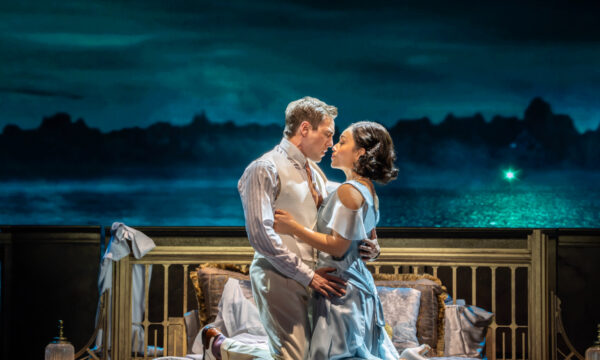
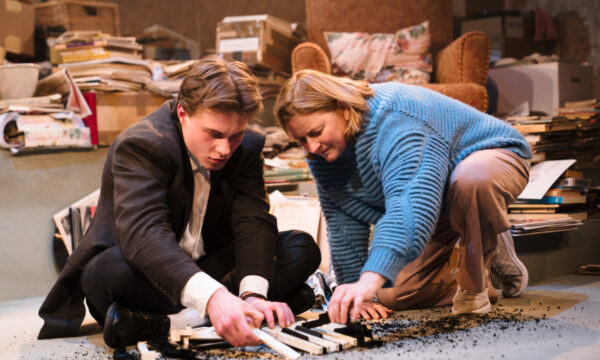
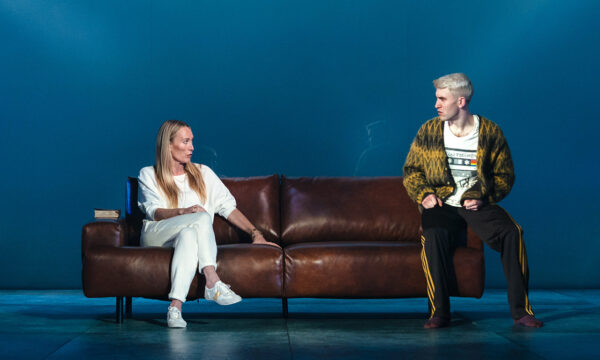
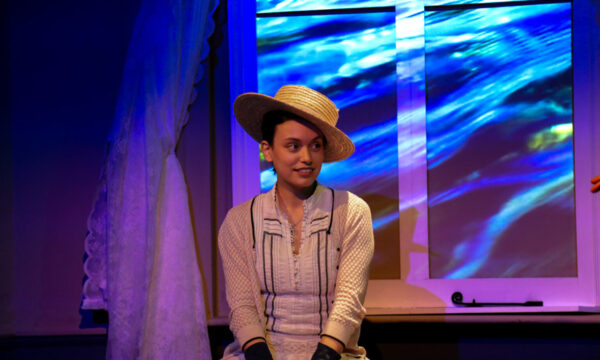
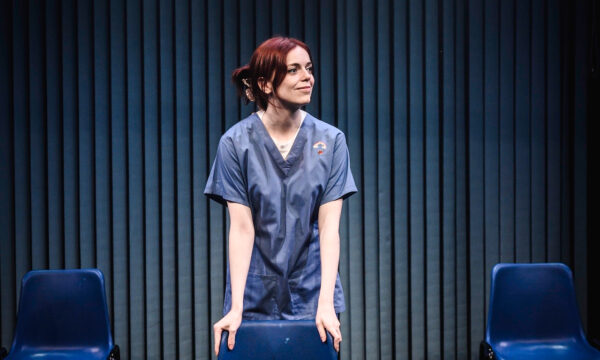
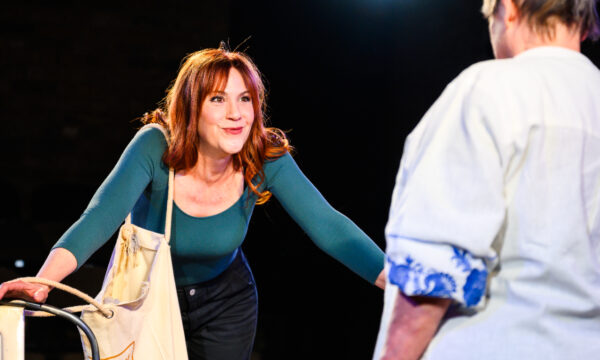
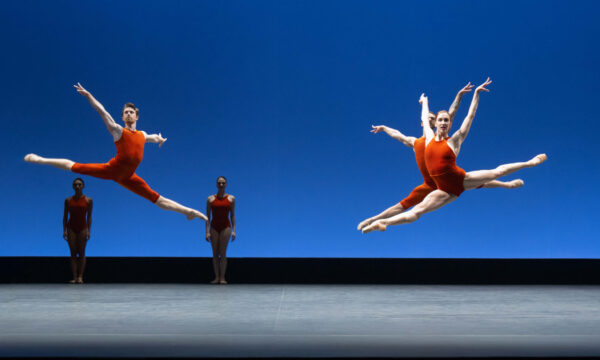
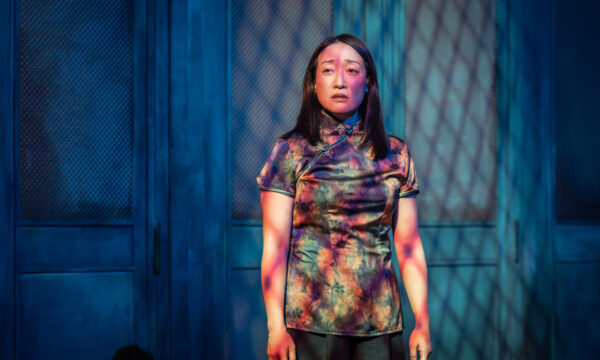
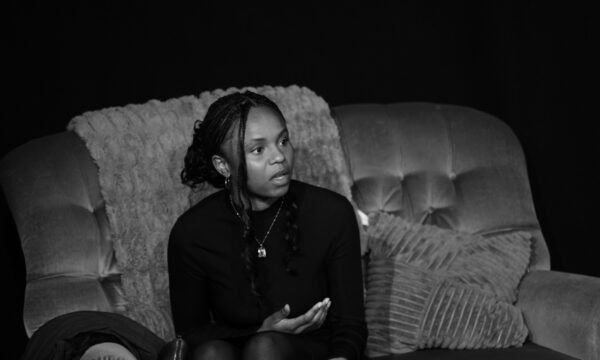














Facebook
Twitter
Instagram
YouTube
RSS